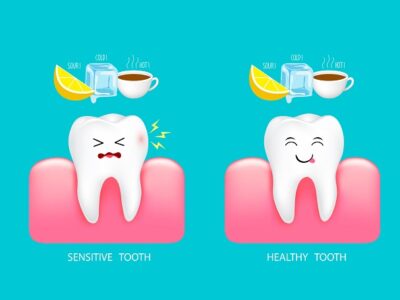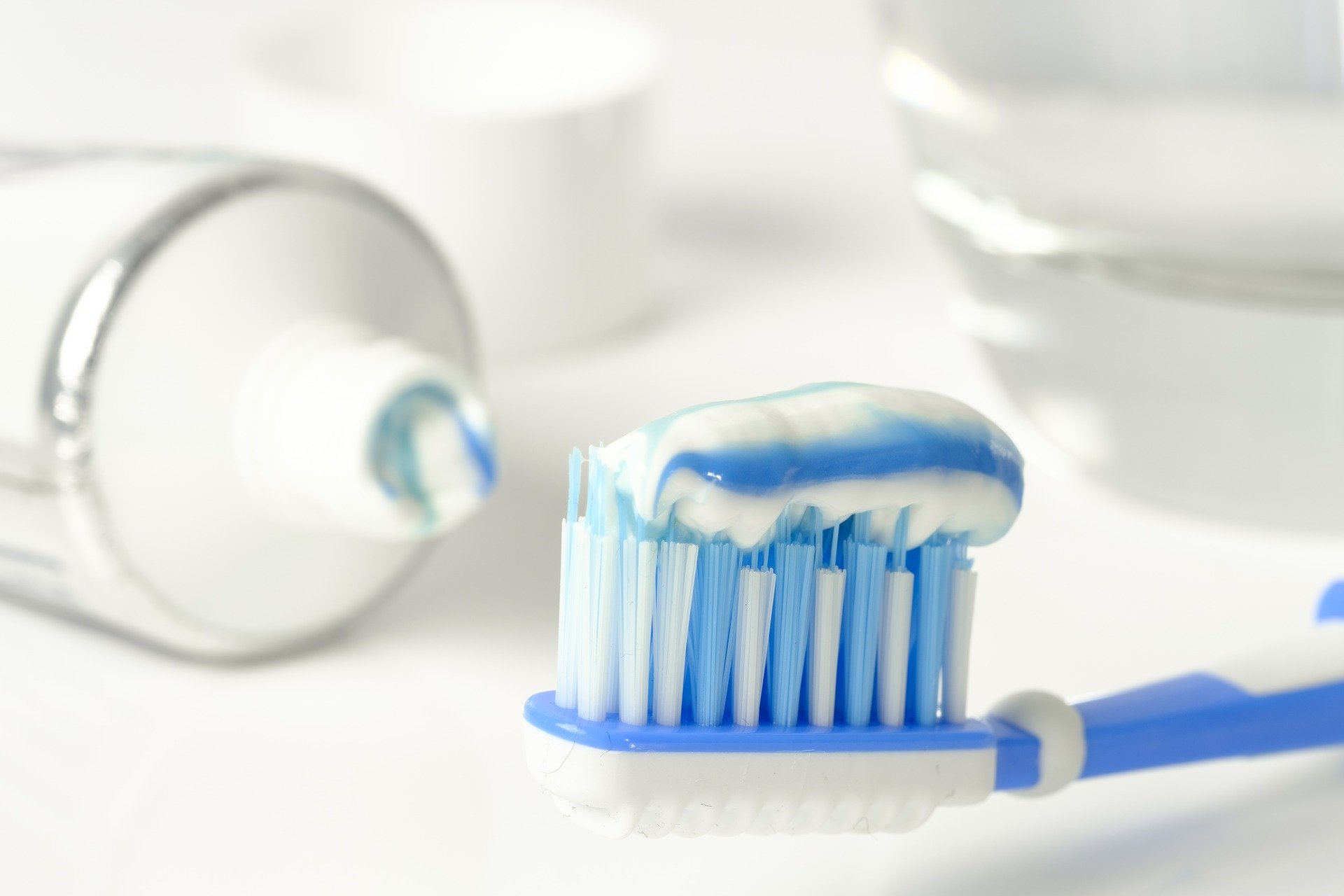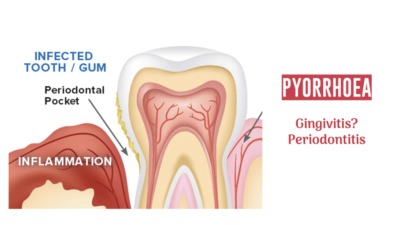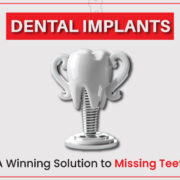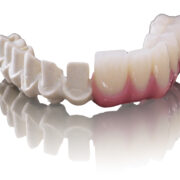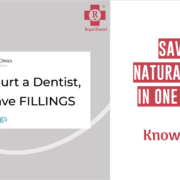Are you wondering how to fix gaps in teeth? You’re at the correct place, though! Diastema, or spaces between teeth, is a frequent dental issue that can affect both adults and children. Although some people view their gaps as distinctive qualities, others might want to resolve them for different reasons. In this article, we’ll examine several treatment methods, the reasons for dental gaps, and helpful advice for keeping a healthy smile. Many procedures, including veneers and bonding, as well as orthodontic treatments like braces and aligners, can be used to achieve a more uniform smile.
What are the gaps in teeth?
Dental gaps, or diastema, are the spaces or openings that exist between two neighboring teeth. These gaps can range in size and appear anywhere in the mouth. Larger gaps can effect oral health as well as the look of a smile, whereas smaller gaps are more frequent and may not create any serious problems.
What causes gaps in teeth?
- Due to the structure of their jaws or teeth, certain people may be genetically prone to gaps.
- When teeth are lost from an extraction, an injury, or a congenital absence, gaps may result. There could be a noticeable gap if the neighboring teeth progressively move to fill the opening.
- Teeth can have gaps between them due to differences in size, especially if one tooth is much smaller than the other.
- If teeth are pressured by constant thumb sucking or pacifier use throughout childhood, they may become misaligned and develop gaps.
- By forcing teeth forward, habitually pushing the tongue against the front teeth can exacerbate gaps in teeth.
- Gum recession brought on by advanced gum disease (periodontitis) may expose more tooth surface and perhaps result in gaps between teeth.
- As teeth seek out room within the dental arch, misalignment of the jaw or teeth, such as crowding or an overbite, can cause voids between teeth.
How to fix gaps in teeth
Several methods exist for closing dental gaps, or diastemas, depending on the patient’s demands and the size of the gap. Braces and clear aligners are two orthodontic procedures that work well for gently moving teeth into place and eventually filling in gaps. Cosmetic procedures such as dental bonding can improve the appearance of the smile by using tooth-colored resin to cover small to moderate gaps. Thin shells called veneers are attached to the front of teeth and are appropriate for wider gaps or cosmetic enhancements.

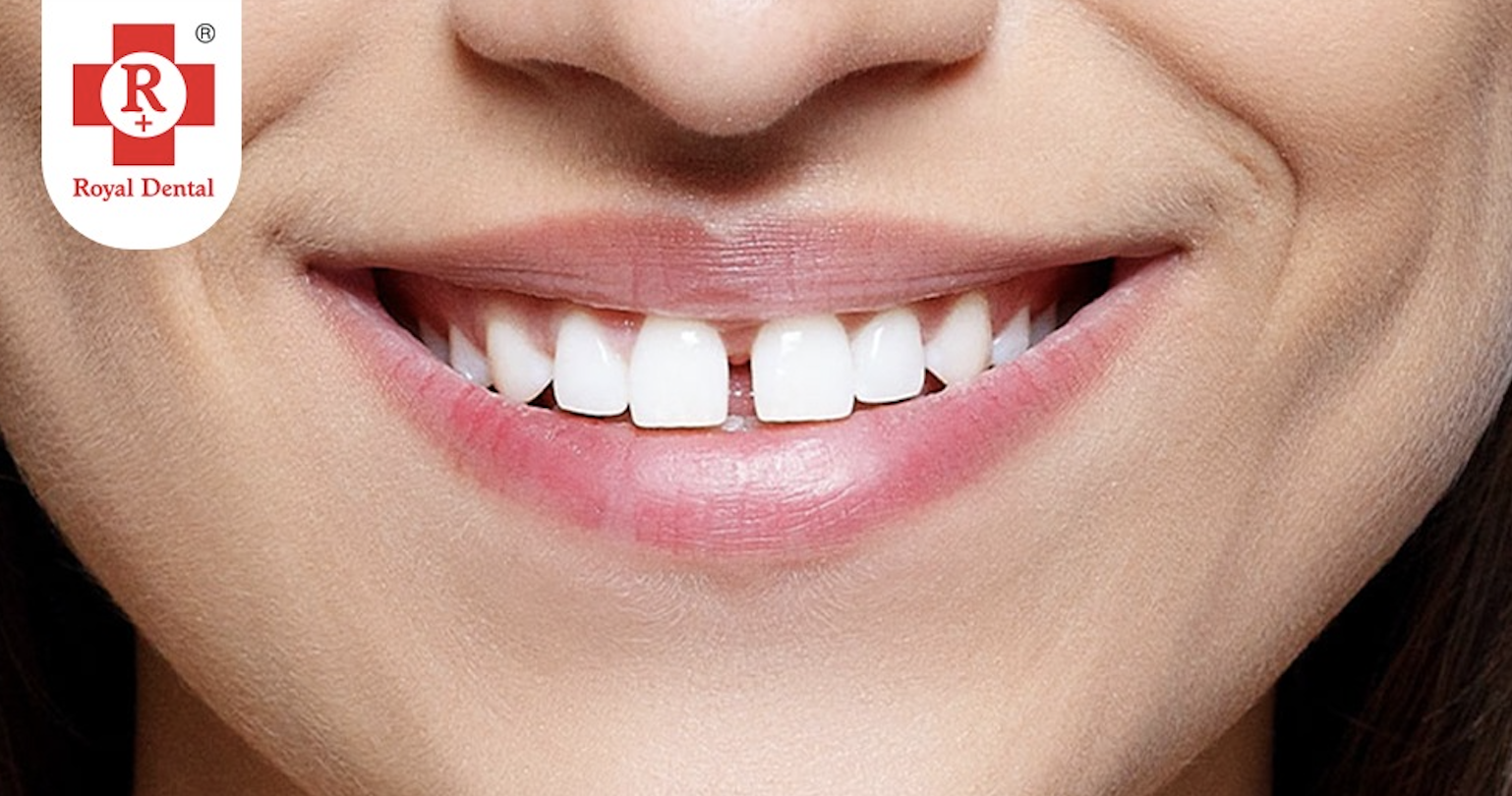
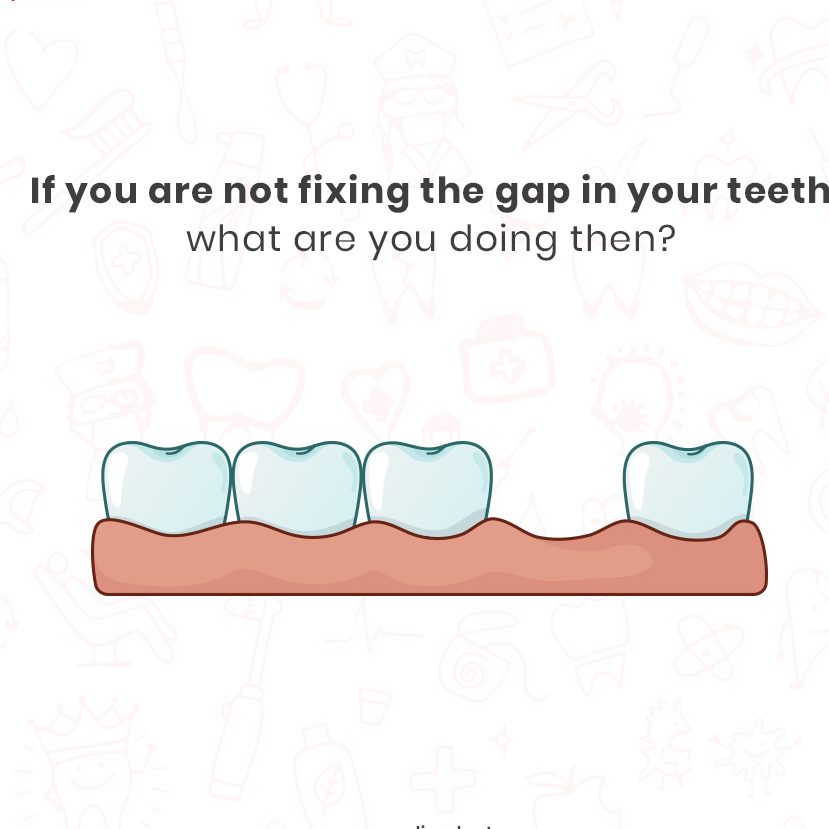
To replace lost teeth and close spaces created by them, dental bridges or implants might be utilized. Gum contouring may be necessary if excessive gum tissue causes gaps to appear. After orthodontic treatment, using retainers aids in maintaining the new tooth placements and stops gaps from reopening. It’s imperative to speak with an orthodontist or dentist to find the best course of action for closing tooth gaps and achieving a self-assured smile.
Types of treatments for gaps in teeth
Orthodontic Treatments
- Conventional braces gradually realign teeth by using brackets and wires, gradually closing spaces in between teeth.
- Using custom-made aligners to fix gaps and straighten teeth, products like Invisalign provide a covert option.
Procedures for Cosmetics
- Dental bonding, to close gaps and enhance aesthetics, tooth-colored resin is applied to the teeth.
- Veneers are thin porcelain or composite shells that are bonded to the front of teeth to close gaps and make teeth look more consistent.
Restorative Treatments
- Dental implants can fill up gaps left by lost teeth by replacing the missing teeth.
- Dental bridges are an extra option for closing gaps and replacing lost teeth since they are supported by nearby teeth.
- The gum contouring procedure reshapes excess gum tissue that’s causing gaps in appearance.
- Using a retainer helps keep teeth in their new locations and stops gaps from opening up again after orthodontic treatment.
How do dentists fix gaps in front teeth?
Dr. Chirag Chamria uses a variety of methods to treat diastema, or spaces between the front teeth. Orthodontic treatment is one method; using braces or clear aligners, the front teeth are gradually moved into alignment, eventually closing the gaps. Furthermore, dental bonding—a process that involves using tooth-colored composite resin to fill in minor to moderate gaps and improve the appearance of the teeth—may be suggested by Dr. Chamria.

For larger or more complex gaps, he might suggest porcelain veneers, which are thin shells made to order and bonded to the front of teeth to close them in and create a smooth smile. Dr. Chamria may recommend bridges or dental implants as a workable solution to close gaps left by lost teeth. Another technique for correcting excess gum tissue and hiding gaps is gum contouring. After treatment, Dr. Chamria might give retainers to preserve the outcomes and stop gaps from happening again.
Conclusion
In conclusion, closing tooth gaps requires a customized approach that includes learning about the underlying reasons, looking into available treatments, and speaking with a dentist like Dr. Chirag Chamria. Closing gaps can improve your smile’s appearance and functionality through restorative procedures like dental implants or bridges, orthodontic treatments like braces or clear aligners, or cosmetic procedures like dental bonding or veneers. According to Dr. Chirag Chamria, comprehensive dental care tailored to each patient’s needs ensures a confident and healthy smile for years to come.
FAQs
Q. How can I fix gaps in my front teeth without braces?
Effective solutions for closing gaps in front teeth, if braces are not your thing, include dental bonding, veneers, or clear aligners.
Q. Are there any dangers involved with closing dental gaps?
Risks could include gum inflammation, tooth sensitivity, or brief discomfort during treatment, though these are uncommon. Before continuing, Dr. Chirag Chamria will go over any possible dangers.
Q. Will fixing gaps in teeth affect my biting or chewing?
It shouldn’t affect your bite or ability to chew to close gaps properly. Your dentist, Dr. Chirag Chamria, will make sure the procedure preserves or enhances your teeth’s functionality.
Q. How long does it take to fix gaps in teeth?
In most cases, depending on the type of treatment, it takes years, but at Royal Dental Clinics, all procedures pertaining to gaps in teeth can be completed in a single day.
Q. Can I fix gaps in teeth if I have missing teeth?
In order to restore your smile’s beauty and functionality, dental implants or bridges can efficiently fill gaps and replace lost teeth.
Q. Will insurance cover the cost of fixing gaps in teeth?
Various insurance plans may cover some of the cost of care, especially if the operation is deemed necessary to preserve good dental health. For further information, speak with your insurance company.
© All rights reserved by Royal Dental Implants Pvt Ltd Issued in public interest








